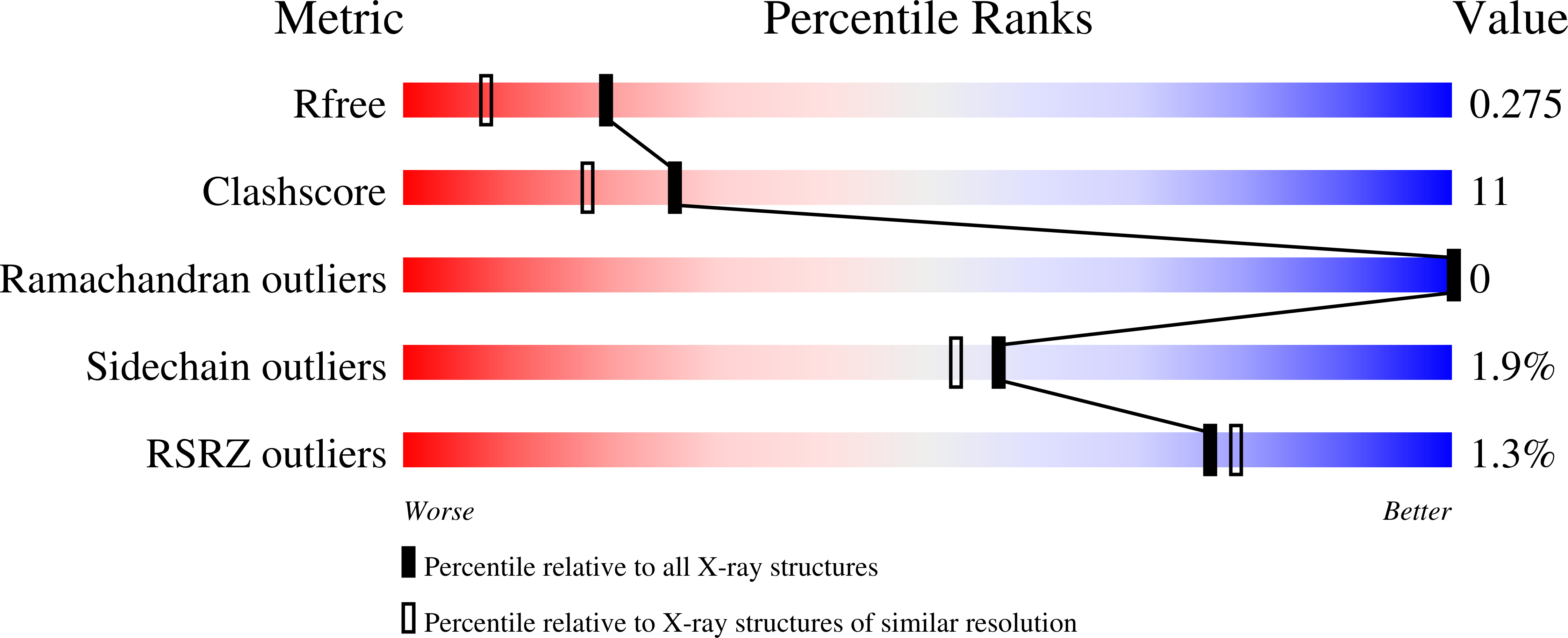
Deposition Date
2005-05-24
Release Date
2006-05-02
Last Version Date
2023-08-23
Entry Detail
PDB ID:
1ZSP
Keywords:
Title:
Contribution to Structure and Catalysis of Tyrosine 34 in Human Manganese Superoxide Dismutase
Biological Source:
Source Organism:
Homo sapiens (Taxon ID: 9606)
Host Organism:
Method Details:
Experimental Method:
Resolution:
1.90 Å
R-Value Free:
0.27
R-Value Work:
0.23
R-Value Observed:
0.23
Space Group:
P 61 2 2


